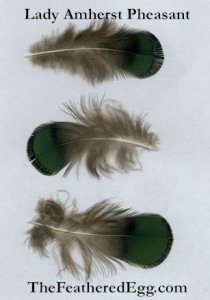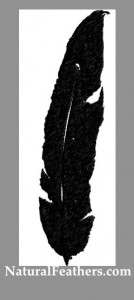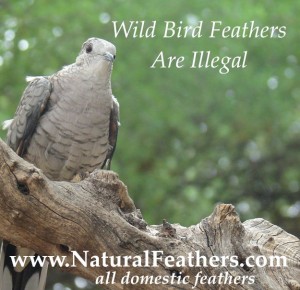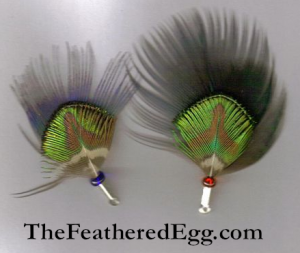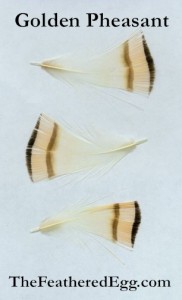
These Golden Pheasant Feathers for arts and crafts are available over at www.TheFeatheredEgg.com, and they come from our own flock.
Golden Pheasant are one of the ornamental pheasant breeds that we raised in our flock that gave us our cruelty-free feathers for arts and crafts.
Their plumes and feathers are an exceptionally fun resource to use as feathers for crafts.
They are a charming and funny breed. Our two males spent most of their time dashing in front of every hen, no matter what kind of hen, and stopping them in their tracks for a dazzling feather display.
They would display for us as well, they were not exclusive in their attentions.
The Golden Pheasant joins a variety of Red-Gold, Yellow-Gold, and other mixes of this kind of pheasant… and breeders have a challenge sorting out the varieties and keeping them pure. Ours is probably more correctly named a Yellow-Golden Pheasant, but I’m sticking with the generalization of Golden Pheasant
The crest feathers are spectacular. They form a kind of helmet at the back of the Pheasant’s neck. These crest feathers are limited only to the neck, and I have them packaged in two sizes, medium and small. The tips are encrusted with special iridescent clusters of different feather texture, so they are kind of naturally bejeweled.
The bird is native to the forests of China, and it is hard to believe that their vivid coloration is consider camouflage, but they are hard to see in their home habitat.
Golden Pheasant are not difficult to raise and were not dangerous, even during mating season. That is not always the case with Pheasant. The Goldens were funny, gentle, and almost affectionate. But they also needed their hens – they would not have been happy alone or with only other males.
It was as important to be admired for their beautiful feathers as it was to have food and water. We continue to cherish the Golden Pheasant in having their feathers for arts and crafts,

